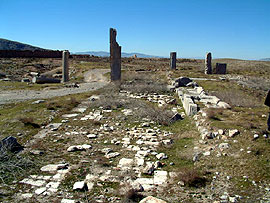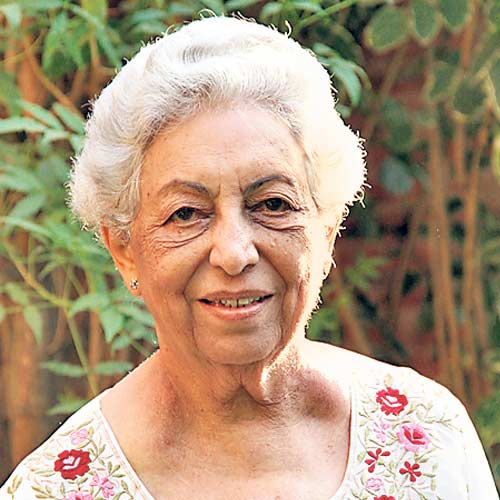In collaboration with
School of Oriental & African Studies (SOAS), London
and Society for Art & Cultural Heritage of India (SACHI)
Presents:
by Dr. Jennifer Rose
Samsung Hall, Asian Art Museum
200 Larkin Street, San Francisco
$5.00 after museum admission. Ticket includes entry into the museum’s collections, and the special exhibitions Cyrus Cylinder: A New Beginning, and In the Moment: The Larry Ellison Collection
Closing Day for Cyrus Cylinder exhibition. Viewing opportunity, first come, first served.
Advance reservation recommended. Link for ticketing details
http://www.museumtix.com/program/program.aspx?vid=822&pid=6513464&pvt=aam
In a lively, illustrated presentation, Dr. Jennifer Rose will provide an introduction to the Zoroastrian religion, one of the world’s oldest surviving belief systems. From its origins in Bronze Age Central Asia to its evolution across three powerful Iranian empires, and its expansion to India, Europe, and North America, Zoroastrianism has had a profound impact on surrounding cultures and religions. The talk will explore these points of interaction by tracing the religion’s history in relation to artifacts on display in The Everlasting Flame: Zoroastrianism in History and Imagination, an upcoming exhibition at the School of Oriental and African Studies (London), as well as objects in the Cyrus Cylinder exhibition currently on view at the Asian Art Museum. Images from Dr. Rose’s recent travels in Iran and Central Asia will be included.
The presentation will be followed by a Q & A. Participants will have the chance to view a rare artifact newly acquired by the Asian Art Museum—a silver Muktad bowl, used by Parsis (Zoroastrians from India) to hold flowers in memory of the departed during the last 10 days of the Zoroastrian year.
About the Speaker:
Dr. Jennifer Rose, adjunct professor of Zoroastrian studies in the Department of Religion at Claremont Graduate University, holds an MA in Religious Studies from the School of Oriental and African Studies (SOAS), London, and a PhD in Ancient Iranian studies from Columbia University, New York. She has published extensively, including two recent books – Zoroastrianism: An Introduction (I.B. Tauris) and Zoroastrianism: A Guide for the Perplexed (Continuum). Dr. Rose has lectured internationally at universities, museums and Zoroastrian Association events and led tours to important archaeological, cultural and devotional sites in Iran and Central Asia. She is currently on the advisory panel for The Everlasting Flame exhibition, on view at SOAS this fall.
–
SACHI (Society for Art and Cultural Heritage of India) is a nonprofit, educational organization that was formed to serve as a forum for promoting, understanding, and appreciating the richness and diversity of the art, culture, and heritage of India.
For more information, visit http://www.sachi.org










 century. Dadabhoy follows the careers of six eminent bankers; Sir
century. Dadabhoy follows the careers of six eminent bankers; Sir 







 MR Russi M. Lala is a privileged gentleman. As the biographer of the legendary J. R. D. Tata, Mr Lala had unique, special access to the life and times of modern India’s most celebrated businessman.
MR Russi M. Lala is a privileged gentleman. As the biographer of the legendary J. R. D. Tata, Mr Lala had unique, special access to the life and times of modern India’s most celebrated businessman.








